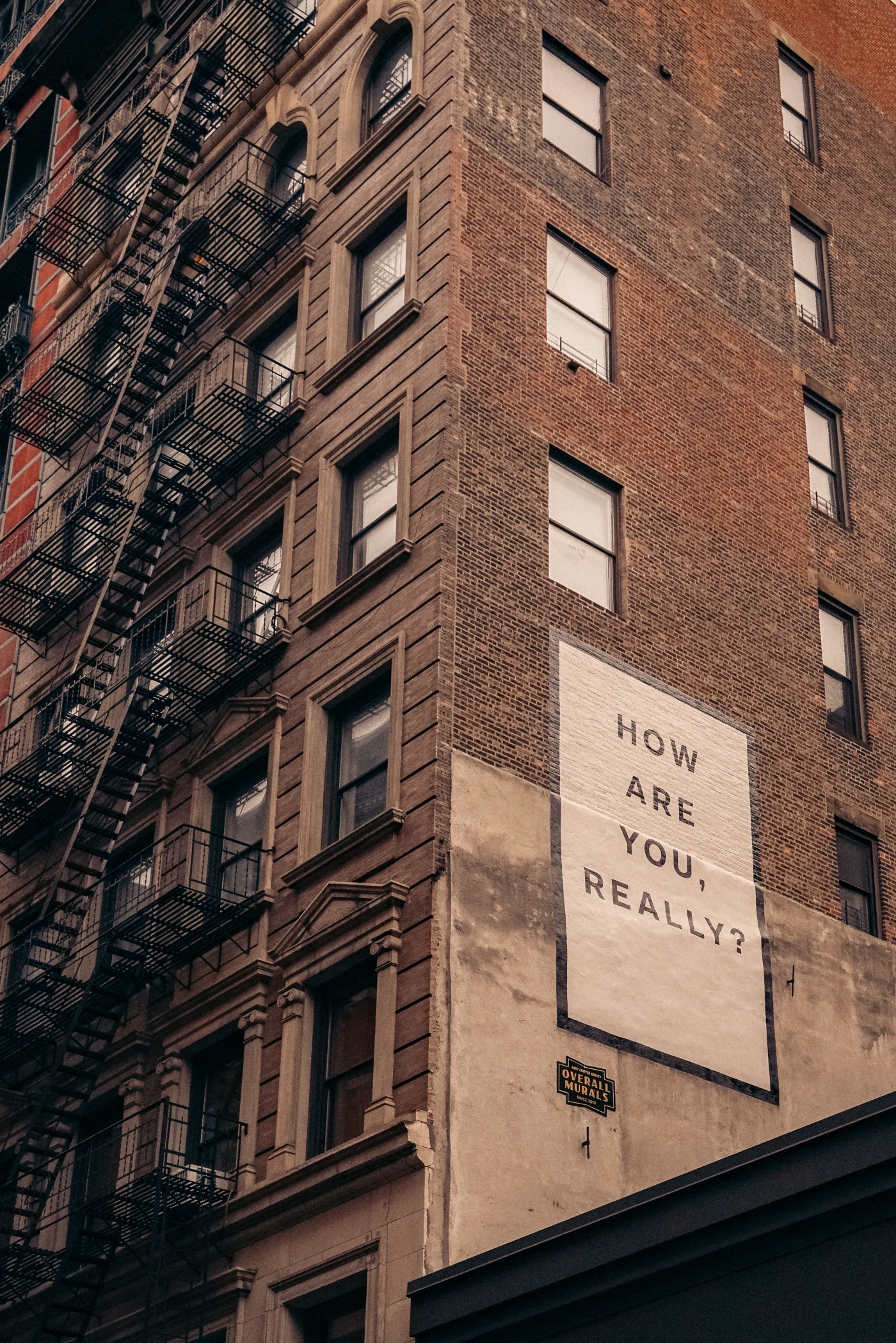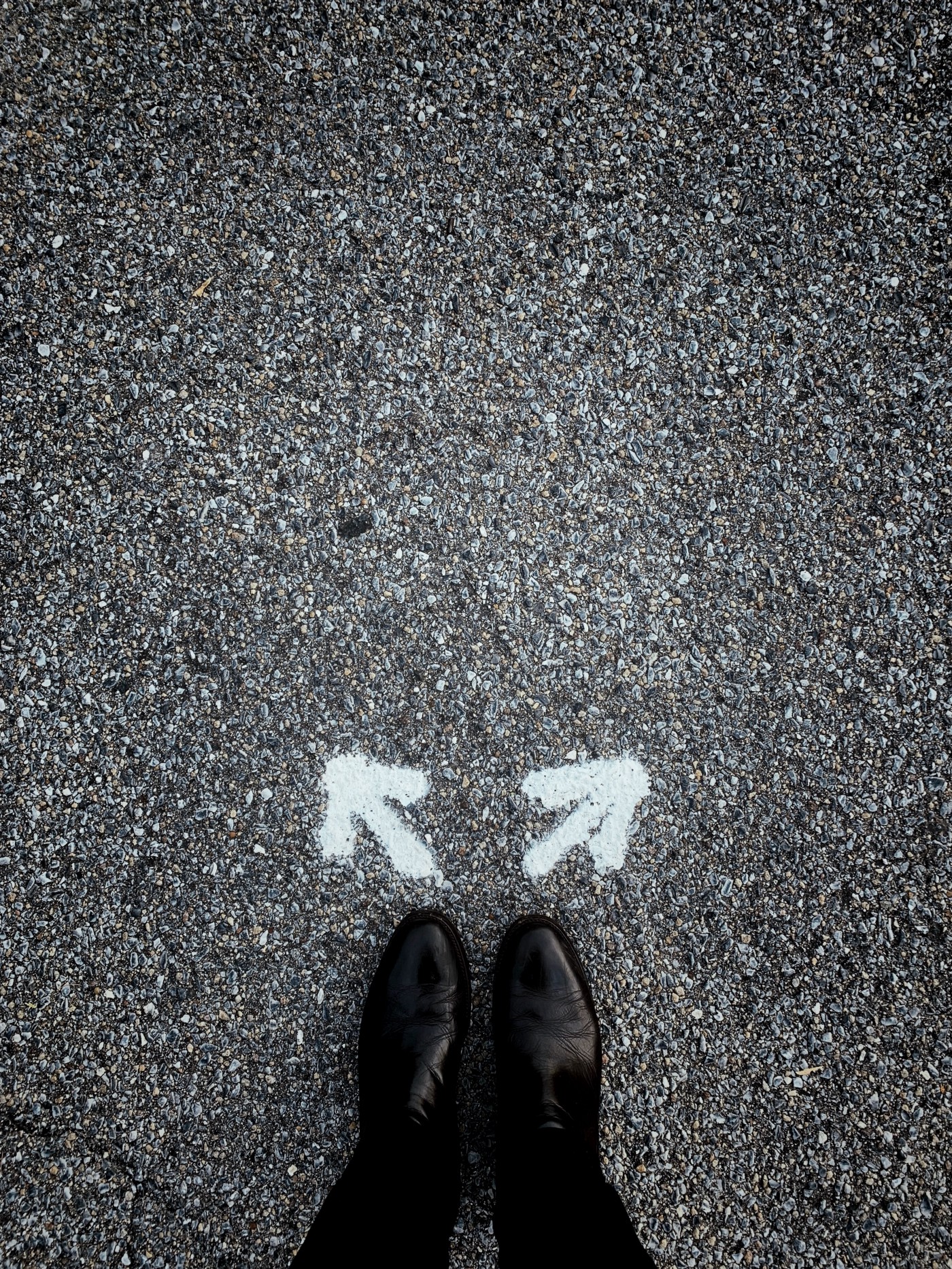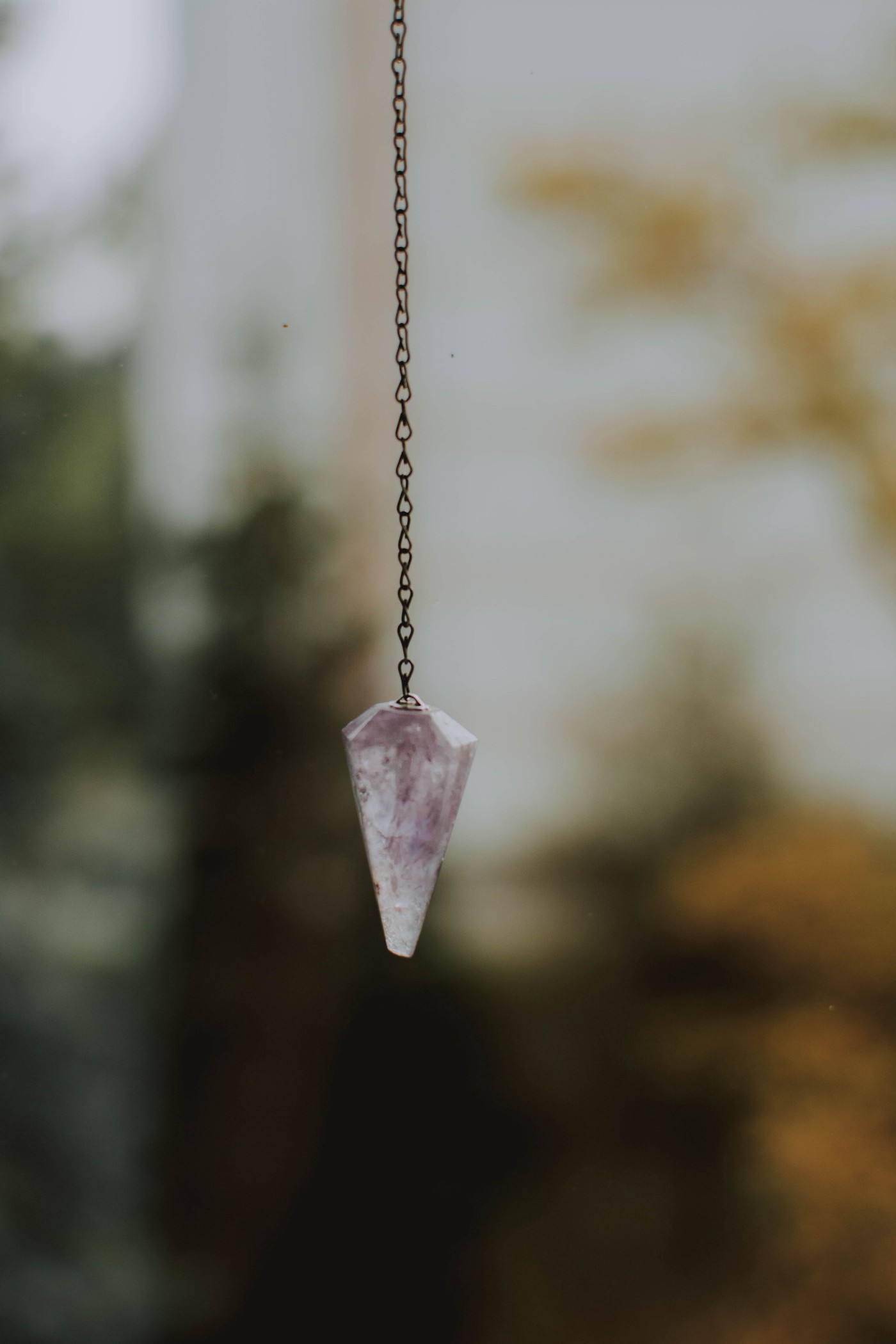An exploration in the art of allowing

Therapy is a strange thing.
On the days when I don’t have a specific event or experience to work through, I don’t expect much from my sessions. Yet, again and again, I am shown the error, or perhaps the magic, in that expectation as rudderless sessions prove to be the most productive.
I’ve been seeing Margot for a few months now. She sees me more clearly than I see myself and can tell when I am living in the space above my head.
I enter her office, exchange pleasantries, and take my place in the rickety chair across from her. In the way I begin talking, it is clear to her that my thoughts have already taken the wheel. She quietly watches me ricochet off the walls of my own mind for a few moments before pausing to begin reconnecting me with my own physicality.
The burgundy carpet separates her old, plaid chair from my own. The light filters in from the window behind me and hits my lap. She instructs me to take a breath and carry that air and presence to my feet.
“Can you inhabit your legs, your hips, and your torso without losing your awareness of the presence in your toes? Can you live in the transition and the space between your torso and arms? Can you be everywhere in your body at once without effort?” she asks.
I breathe.
I start to notice that I have a body that has feelings and remember that these feelings can tell me more than the swirling pools of worry in my mind.
“Listen. Take the time needed to see what comes up here,” she says.
I breathe.
I wait for a feeling that brings a message rather than a thought bringing a worry.

It comes.
“Fear of making the wrong decision during this time in my life. Worrying about taking the wrong path. And perfectionism,” I tell her.
“Put the worries somewhere in the room. Really condense it and allow yourself to feel and go deep. What is the real, true fear here?” she asks.
I place my worries on the old, scratchy couch to my left. I condense them into the white space of one of the plaid pillows. I stare at their designated space and find answers in my stillness.
“I worry that I’m going to make the wrong decision and that decision is going to make me dependent on someone else. I worry that my security, my finances, my home, everything will become dependent. I worry that I won’t have my independence.”
I close my eyes. I try to give my worries space to breathe, but another of my mind’s characters enters my awareness.
A little version of me appears over my right shoulder. She stomps her feet and squawks, “NO! That’s not realistic! You’re not going to have to live with your parents forever! That’s stupid! You have degrees, you have options, you have things you can fall back on and return to! That won’t happen!”
I see this little version of myself dart around the garden of my mind with a mallet, squashing each worry as it surfaces through the dirt, playing a game of Wack-A-Mole with my woes.
I share all this with Margot as it unfolds in my mind and after a laugh, she asks, “What is this little version of you trying to protect you from?”
The answer was unclear and hard for me to access. Tears came, but no message followed.
I tell Margot that I couldn’t quite touch it, but it felt almost like a different form of perfectionism, an attempt to control the worries that were trying to control me.
“Is there some time in your life when you were told that anxiety is bad and you can’t have it?” she inquires.
“Well, yes. I didn’t even know I had anxiety for the longest time. I thought everyone’s brain worked as fast and was as worrisome as mine. I thought everyone around me could name the fifty most likely ways that any given situation could go wrong. I didn’t know and that part of me controlled my life until I found yoga.”
Margot pauses and nods, “Controlled. Maybe that little you that’s running around is worried about the anxiety taking control of your life again. Maybe she feels like she needs to control the anxiety so it doesn’t control you.”
I nod.
She continues, “These parts all serve a purpose. Instead of having the little you, the squasher, squash the worries and you squashing the squasher, give them all space. It’s like they’re passengers on the bus, sitting behind you. They might need some attention and need certain things from you, but ultimately, you’re driving. You control where the bus goes. As long as you give the passengers the attention they need, you are in control.”
I sigh and nod again, “So, overall, my takeaway is to give space to the things that come up?”
“Yes,” Margot says, “Emotions come up for you and I see you clamp down on them as they rise. Then it seems like this mental frenzy or whirlwind comes and all these anxieties try to cover up something that you aren’t addressing. So, what if in these situations, just for one or two breaths, you open up a little bit more into that space and allow yourself to feel and explore it?”
I ponder her answer.
“Lately, I feel like I’m on a pendulum and either completely floating along with Abraham Hicks, knowing that things are always working out for me. Maybe I’ll buy a van or maybe I won’t. Maybe I’ll travel or maybe I won’t. Spain? England? Vietnam? Who knows. Nothing matters because the good things that are meant for me will find me.”
I sigh and continue, “Or, I swing to the opposite side and am consumed with thoughts of how every decision and thought I think is wrong. I shouldn’t have done X. Or Y. Or Z. Everything is wrong. I swing from one extreme to the other, and I’m trying to find the space to settle in the middle.”
Margot nods, “Yes, give space to both and see if doing so moves you any closer to the middle ground.”

I left her office wondering when it got so hard to feel. When did it get so hard to give space to the emotions that rise up or the worries that appear? When did it become innate to squash the sensations rather than feel them?
We are sold this model of balance and told to maintain homeostasis despite the ebbs and flows of life. Don’t be too happy or too sad or too upset. We are taught this strange version of condensed contentment is the right thing, but we’re taught to do that by squashing all the things that arise.
Squash your sadness. Squash your happiness. Squash everything that appears on either side of that perfect middle point on the spectrum.
Bottle it all. Compartmentalize. Don’t feel any of it.
Don’t make others uncomfortable with your joy or your sorrow or your worry or your pain. Handle it by putting it away. Be fine.

But, what happens if we give all these different things or parts of ourselves room and allow ourselves to feel them?
What happens if we give each facet of our mind or each emotion a seat on the bus instead of fighting for the wheel?
What happens if we stay in the driver’s seat and check in on them through the rearview mirror?
Is giving all these different things space to exist and move what actually gives us balance and allows us to feel happier?
Is the way we end up with fewer things to squash by not squashing them in the first place?
Perhaps, better yet, does giving ourselves space teach and help us to give space to others?
If we give ourselves space to be, explore, learn, and feel; do we eventually extend that same space to others?
And, does that space actually bring us all closer?
